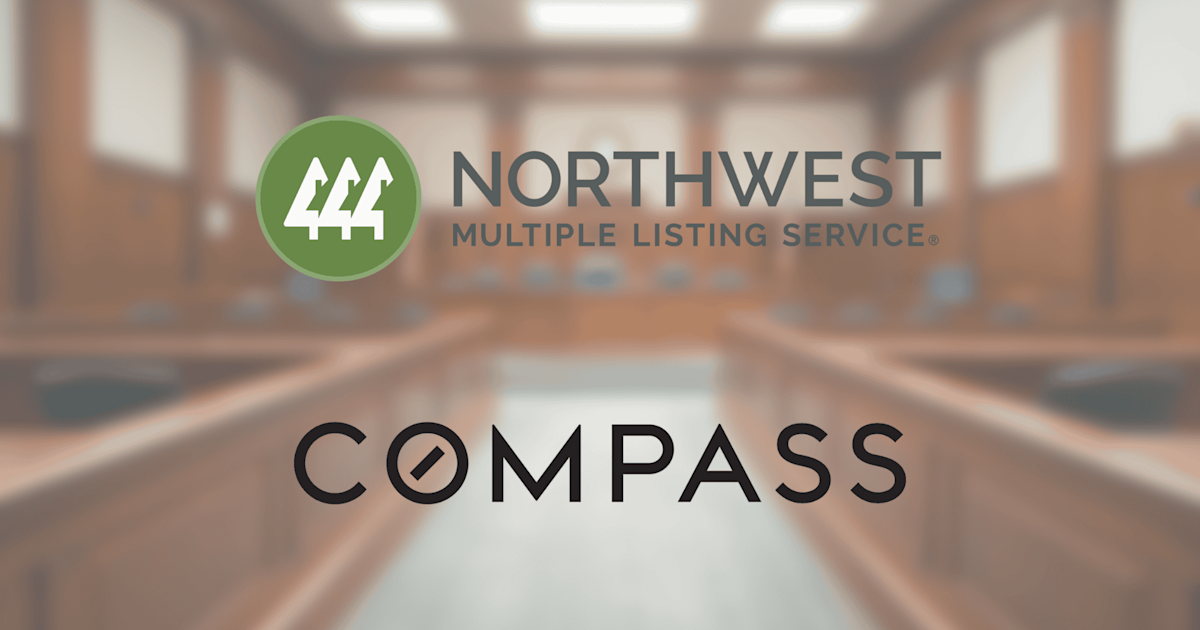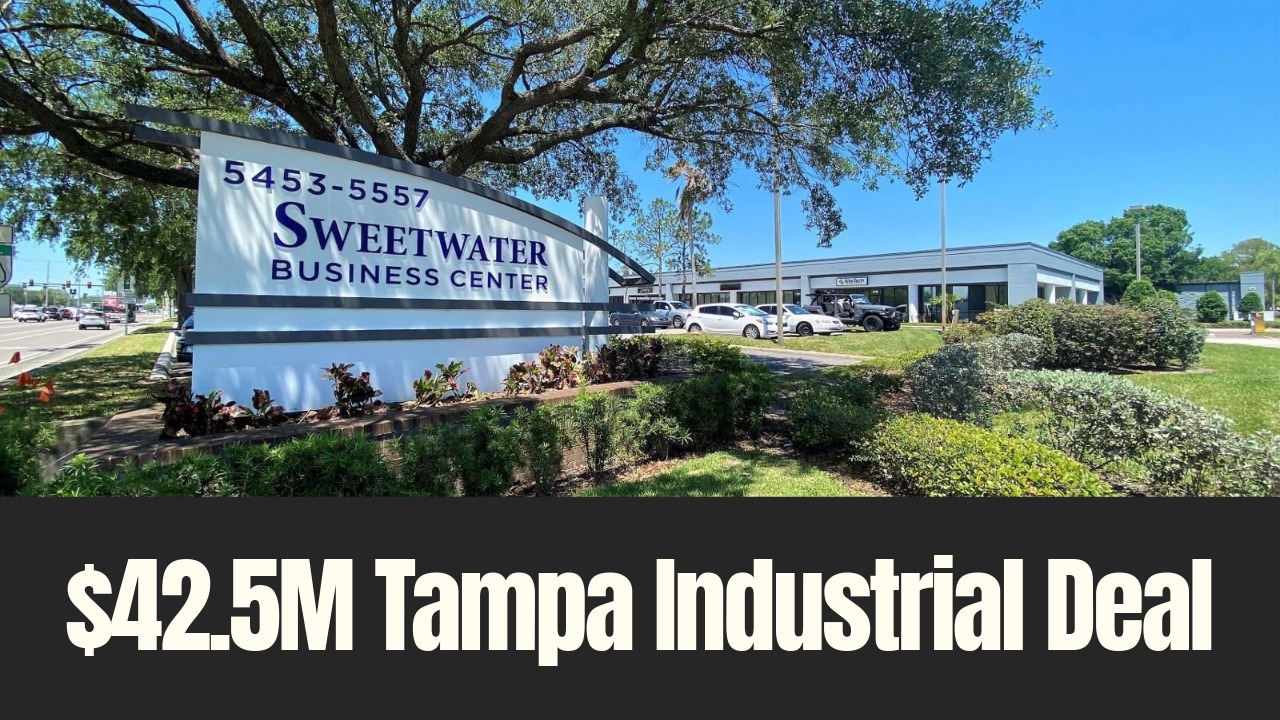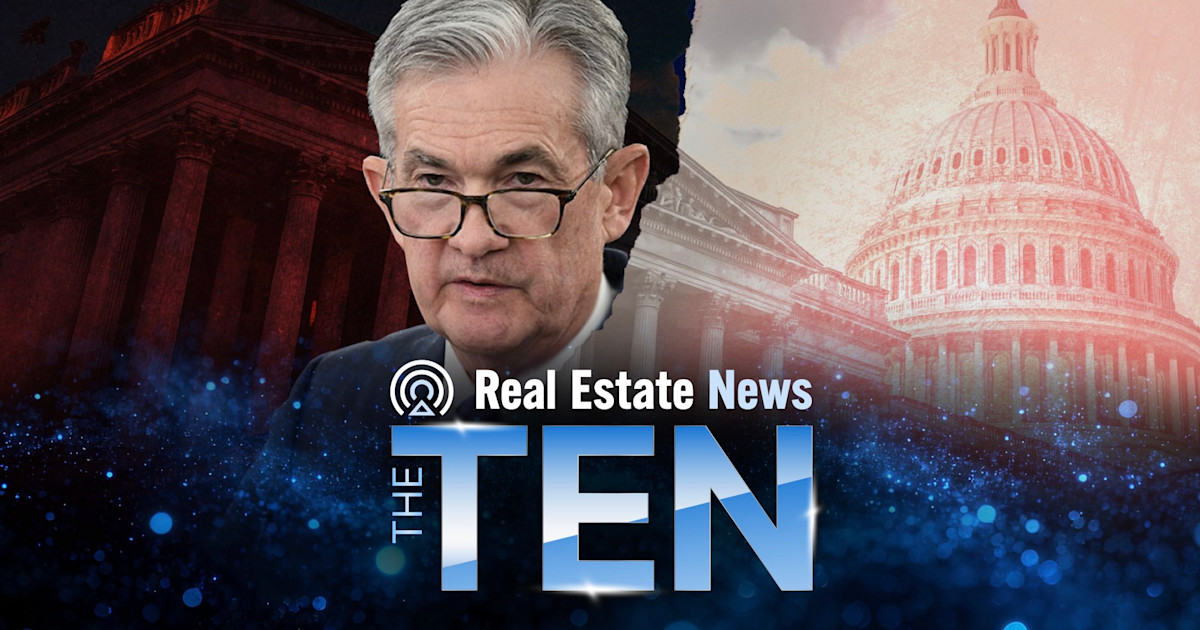T
he Tariff Tango: A Real Estate Riddle Wrapped in Uncertainty
As the Trump presidency's tariff policies continue to evolve, one thing is certain - the impact on real estate will be a wild card. The tariffs, which have been implemented with lightning speed and modified just as quickly, will affect everything from French wine to Chinese cars, with add-ons ranging from 10% to 50%. But what exactly are tariffs, and how do they work?
In simple terms, a tariff is a tax on imported goods, added to their cost. If a product is made in America, Trump has promised no tariff and thus no higher cost. The idea behind tariffs is to make foreign goods more expensive, causing U.S. buyers to seek out domestic alternatives, thereby boosting the economy and creating jobs.
Sounds like a solid plan? Not quite. Tariffs can also backfire, leading to economic problems in the "tariffed" countries, which may retaliate with counter-tariffs on U.S.-made goods. This game of economic chess has many moving parts, making it difficult to predict outcomes.
In real estate, tariffs will affect materials needed for construction, infrastructure, and energy. Think variable pricing of steel, copper, aluminum, lumber, plastics, glass, concrete, brick, drywall, roofing, wiring, and more. But that's not all - tariffs will also impact finance, interest rates, loan availability, and the overall cost of development.
The uncertainty surrounding tariffs is already causing confusion in the business world. Money, the lifeblood of real estate, may become scarcer, costlier, or harder to come by due to unforeseen consequences in finance and interest rates. The timing of project financing could change at any moment, making it challenging for developers to assemble their packages.
Some impacts are already visible - other countries may retaliate with tariffs, while some may stop importing goods altogether. Others will wait and see how the situation unfolds. Perhaps the plan will work, and the U.S. will become self-sufficient, a major exporter in its own right.
As we navigate this uncertain landscape, one thing is clear: real estate development just got more complicated. Buckle up, but make sure your seatbelt is made in America - you never know when it might come in handy.













